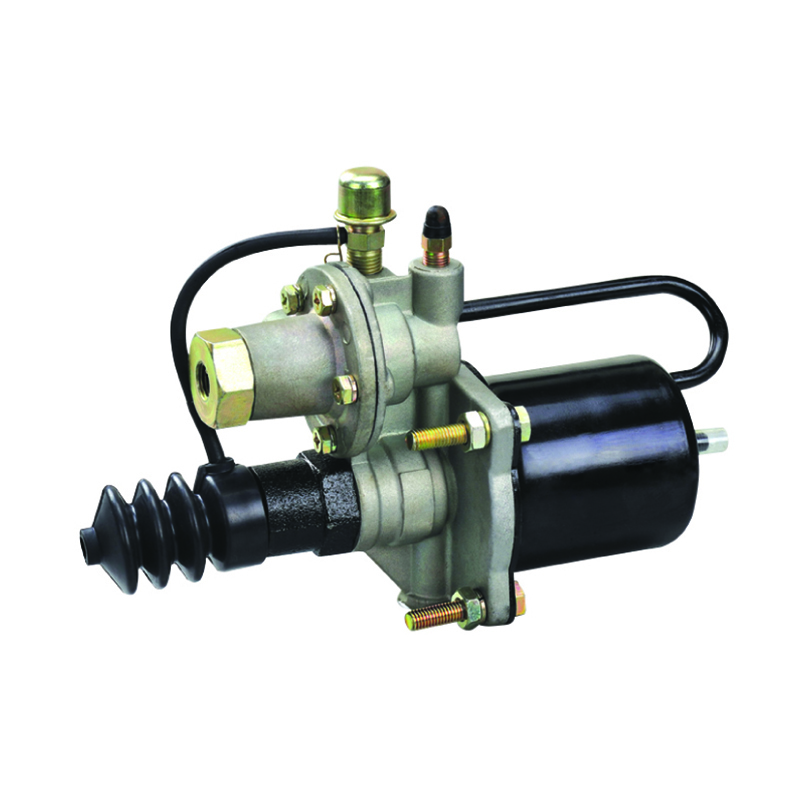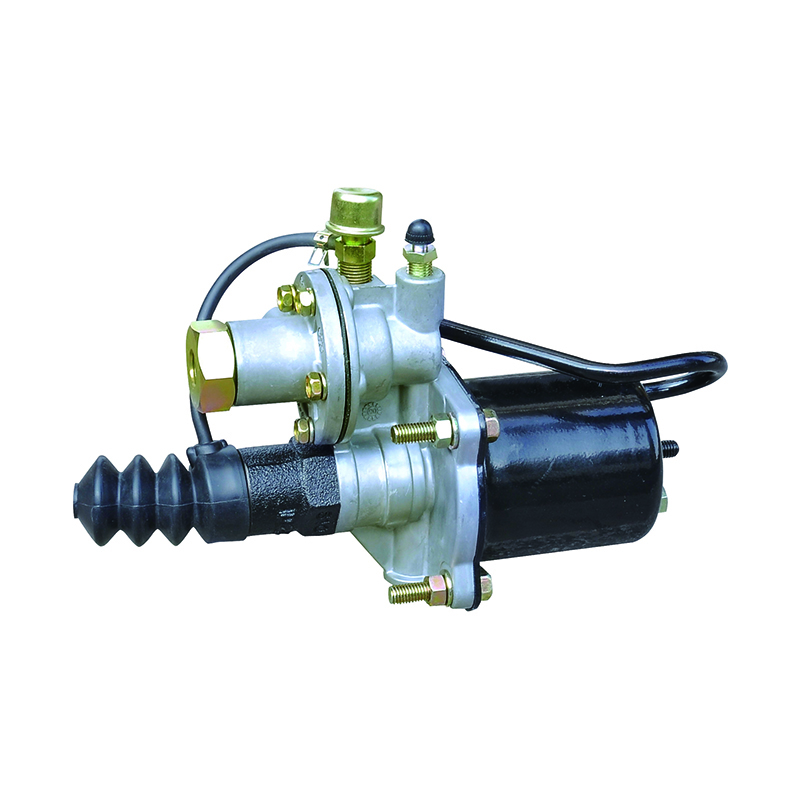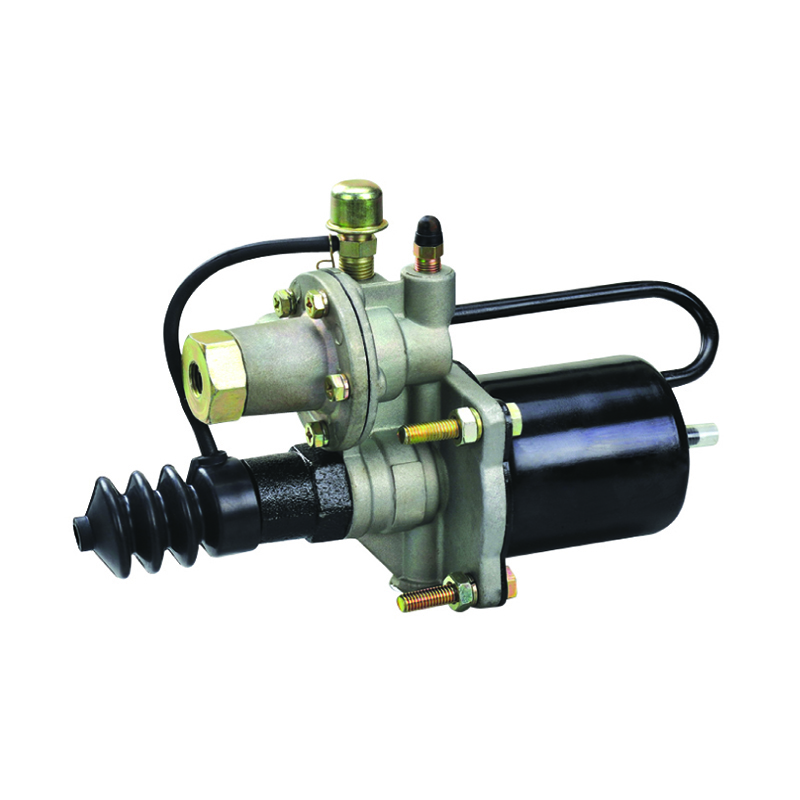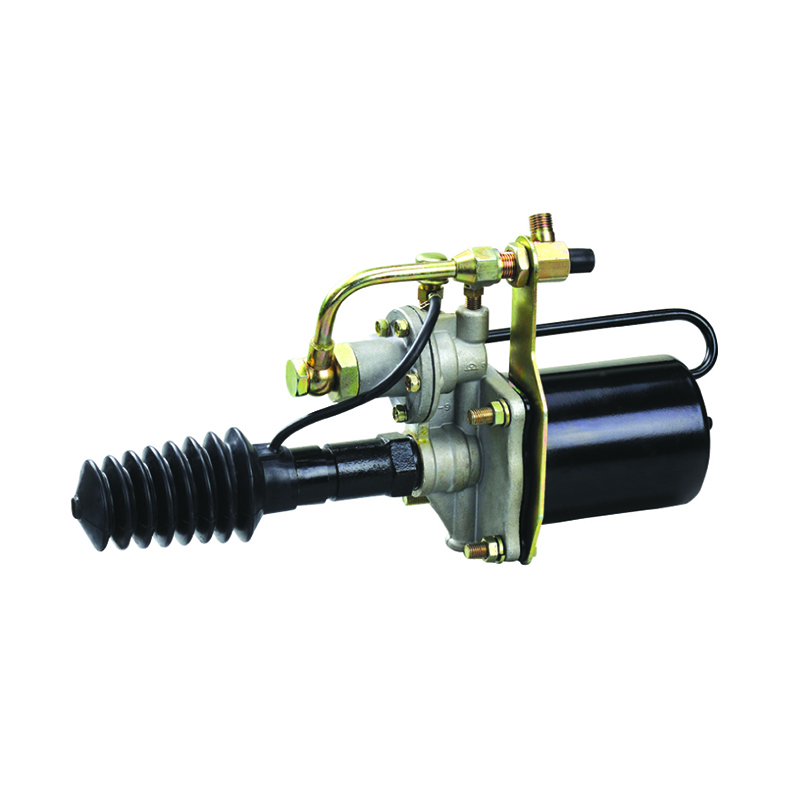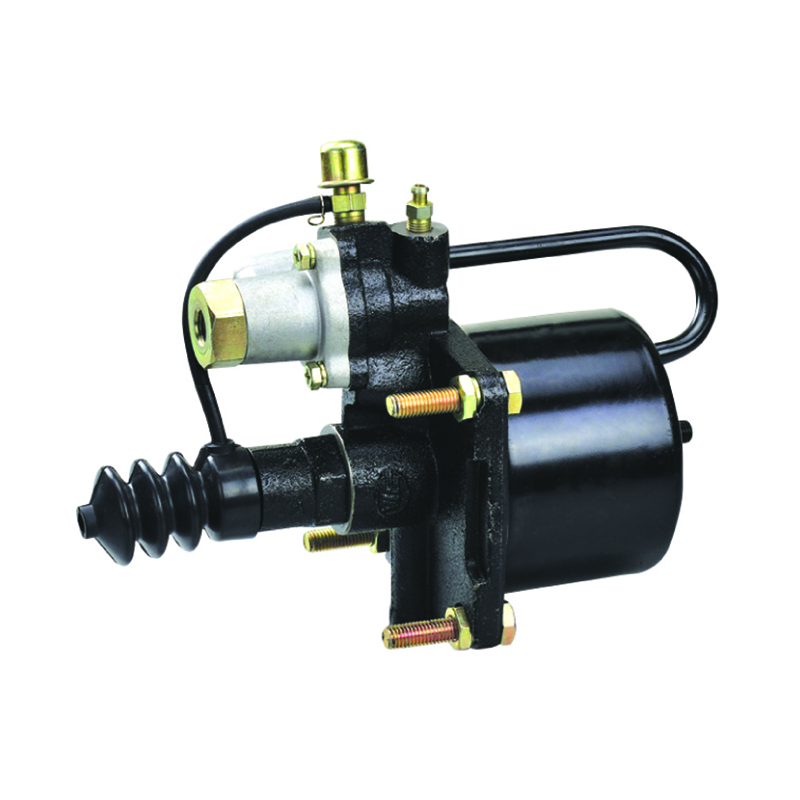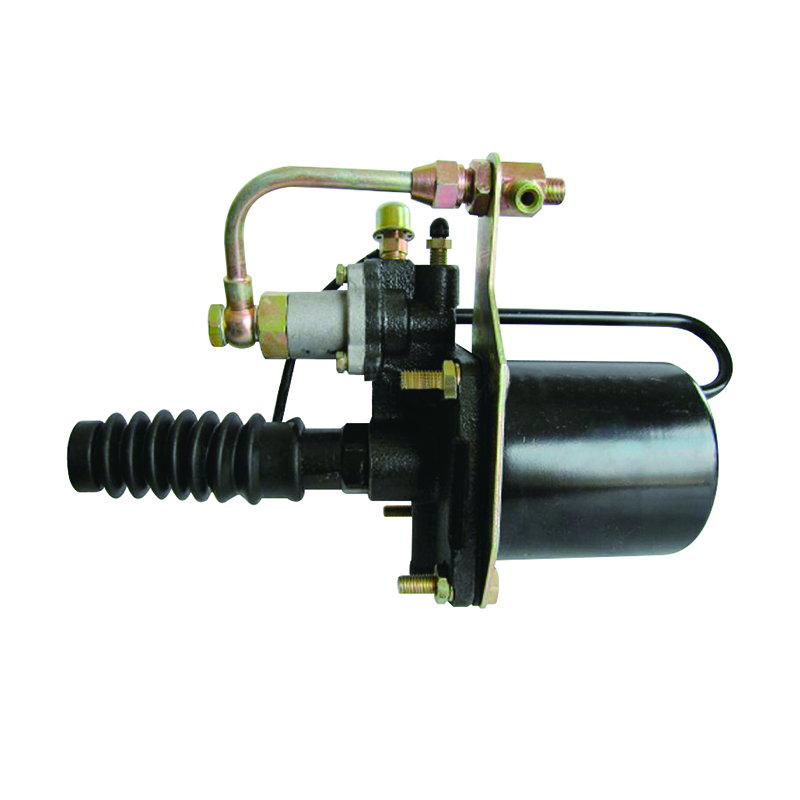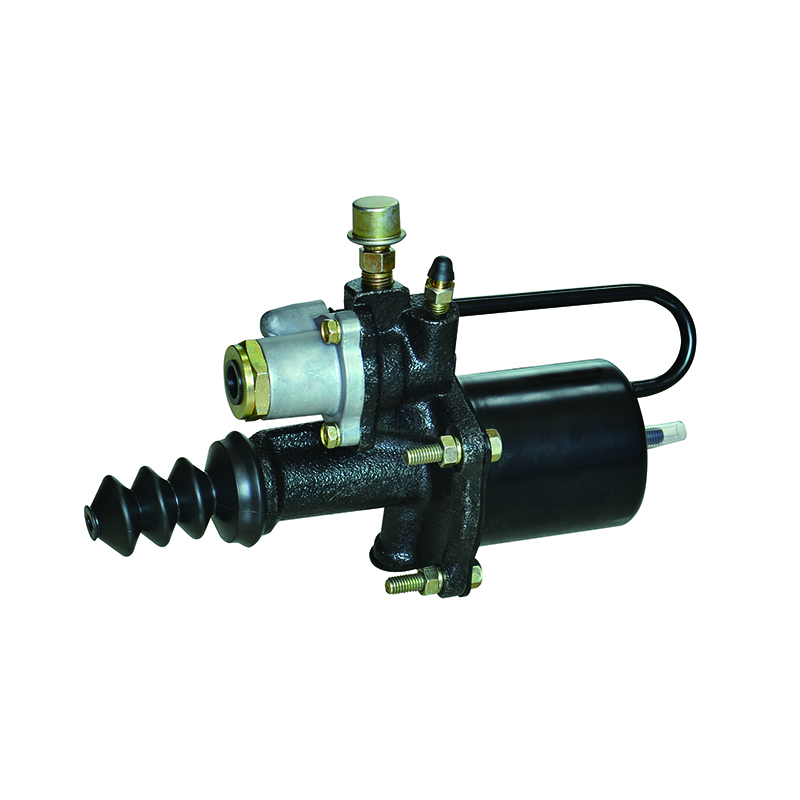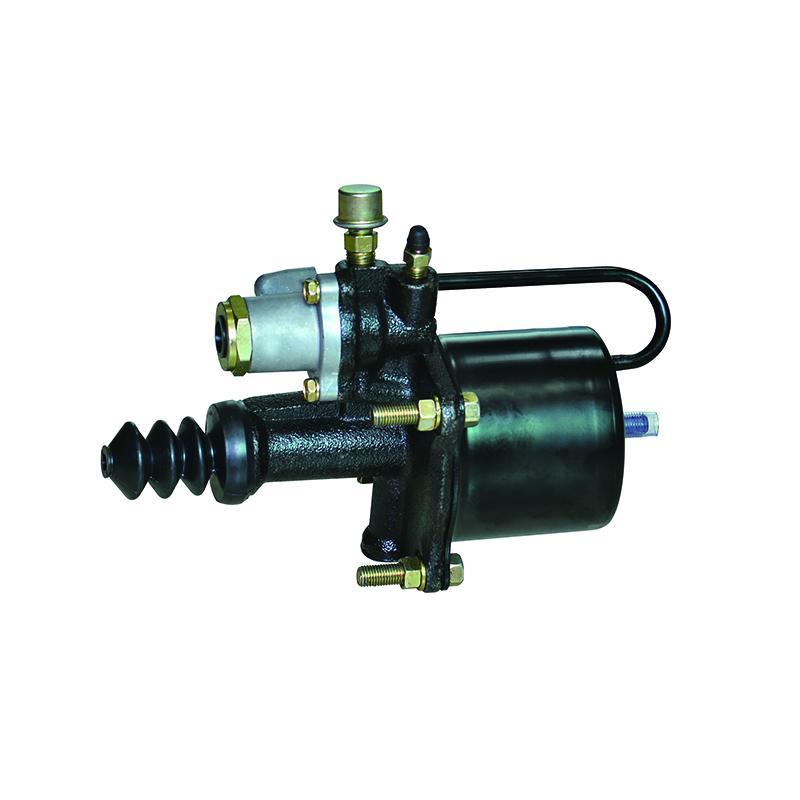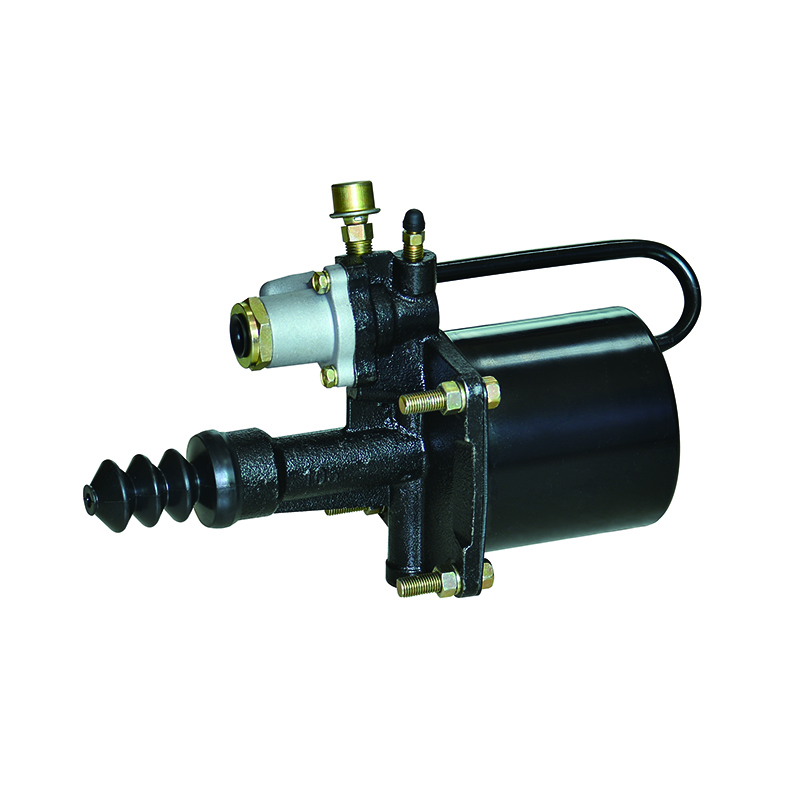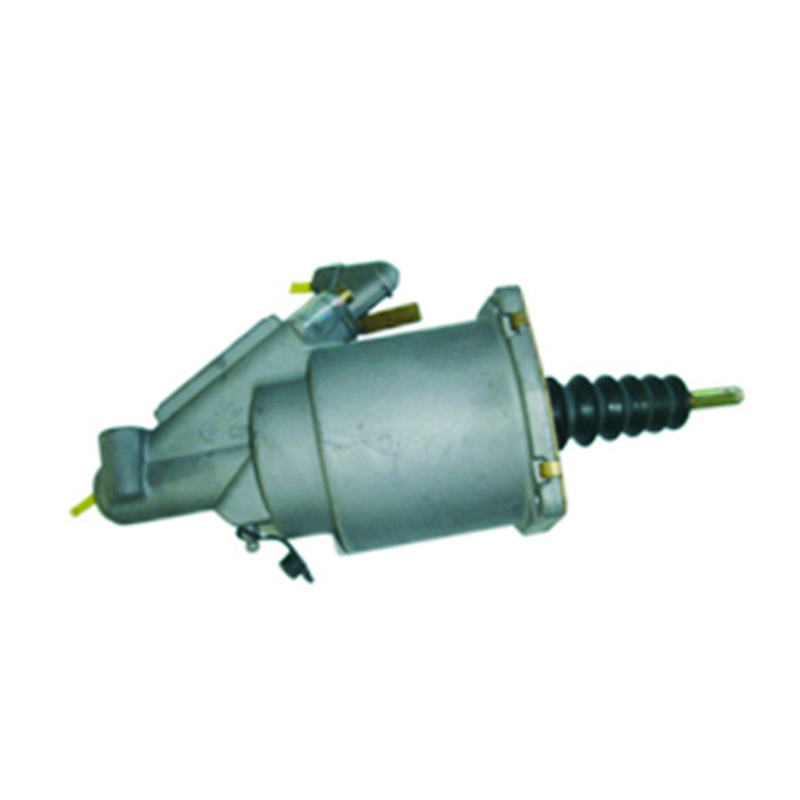For exclusive deals and latest offers, signup by entering your email address below.
What Are the Parts of an Air Brake Booster?
What are the parts of an air brake booster? This device includes the primary shaft diaphragm, valves, shafts, pedal, and air. Many safety features are included, and many countries require the use of brake boosters in four-wheel vehicles. Listed below are the main components of a booster. To learn more, read on. For more information, visit air brake booster Wikipedia article. You'll find detailed descriptions of each component.
Unlike an ordinary brake, the air brake system is remote-mounted, meaning it's not attached to the brake pedal. Instead, an air valve, the size of a fist, is attached to the brake pedal via a hose. The air valve feeds air pressure to the air brake booster, which has two chambers. One chamber applies brake pressure, and the other applies emergency or parking brakes. This system has a wide range of applications, so it's not necessary to have a high-powered brake system.
The brake booster membrane separates the air side from the vacuum side. The secondary shaft pushes the master cylinder with a secondary shaft. The air brake booster's outer body holds all the components together, preventing any foreign matter from entering the system. This prevents brake booster failure during an accident. The brake booster's membrane provides air tight separation between the vacuum and air sides. It also prevents any foreign substance from entering the system, which is extremely important in an accident.
Despite these pros and cons, the air brake system is still a great choice for vehicles with high horsepower and weight. Some vehicles have limited firewall clearance and may not have enough air pressure to run other systems. The air brake system is also great for vehicles without power steering pressure. And finally, it's worth mentioning that an air brake booster is an effective way to keep your car on track - and avoid a costly breakdown. You can install it yourself at home.
The spring brake assembly is made up of two main parts: the service brake and the parking/emergency brake. The service brake is the section closest to the axle, and the parking/emergency brake is at the farthest end of the BB. If your brakes don't work properly, you should replace the spring brake assembly as soon as possible. The spring brake chamber is a crucial part of the air brake system and requires maintenance.
The air brake system uses air pressure to hold back large springs. The pressure builds up gradually and releases when you step on the brake pedal. An air brake booster needs to be recharged to maintain its optimum pressure and prevent the wheels from locking. This process is repeated five times per second until your trailer reaches a speed of six miles per hour or less. If the pressure is not restored, an air brake booster will warn you should take action immediately.
The air brake chamber uses the air pressure in the air tank to produce a mechanical force. When air pressure is applied to the brake, a rubber diaphragm expands, pushing a steel plate on the push rod. This mechanism produces 3000 pounds of force when the brakes are applied. This means that a 100 psi air pressure creates 3000 pounds of force. This is a great solution for emergency situations that involve heavy lifting or a long haul.



 English
English 中文简体
中文简体
